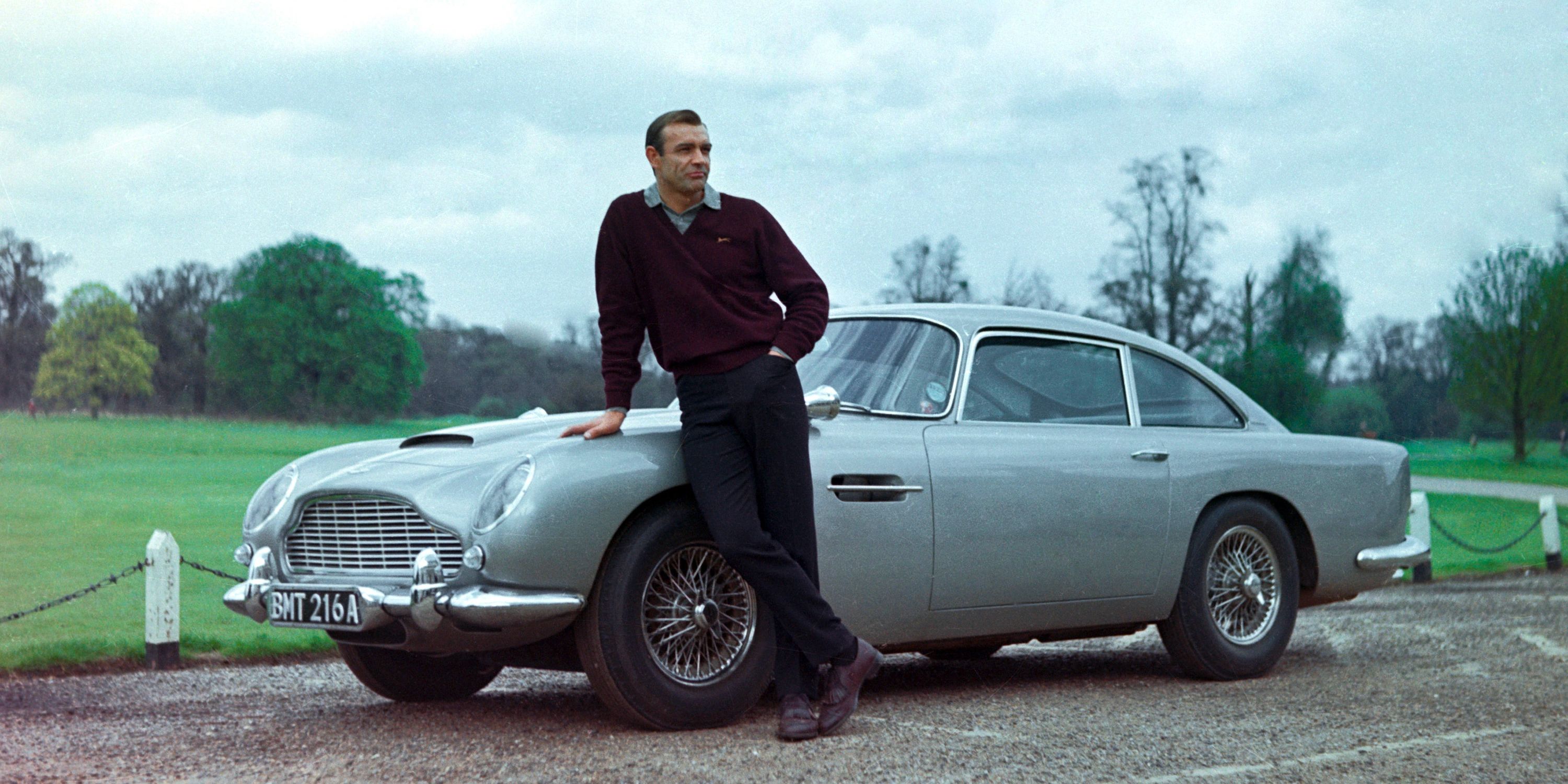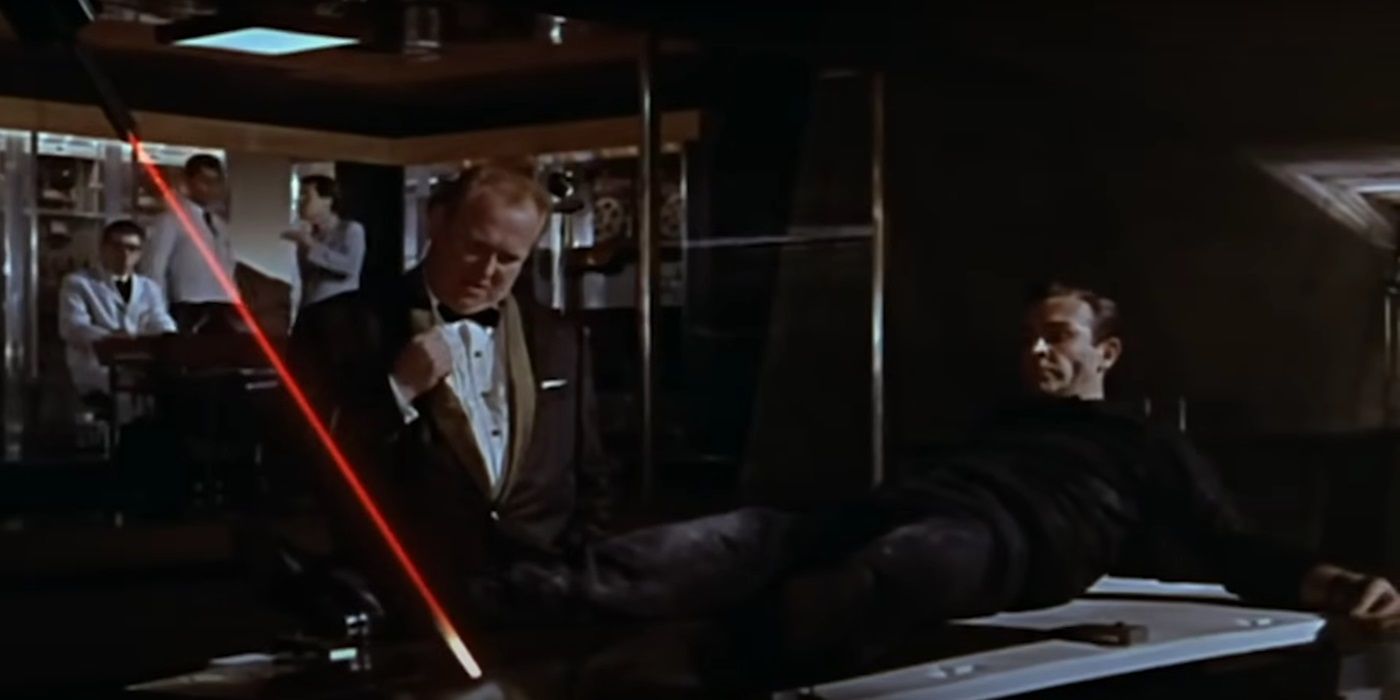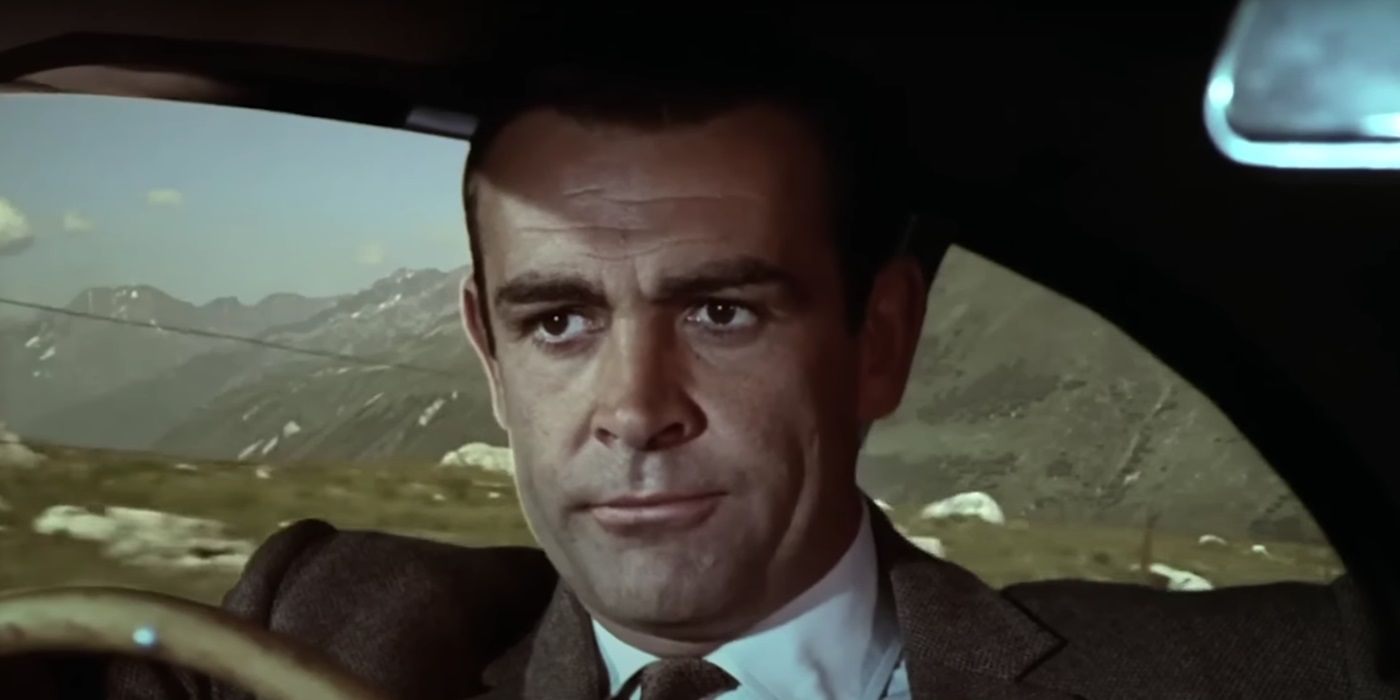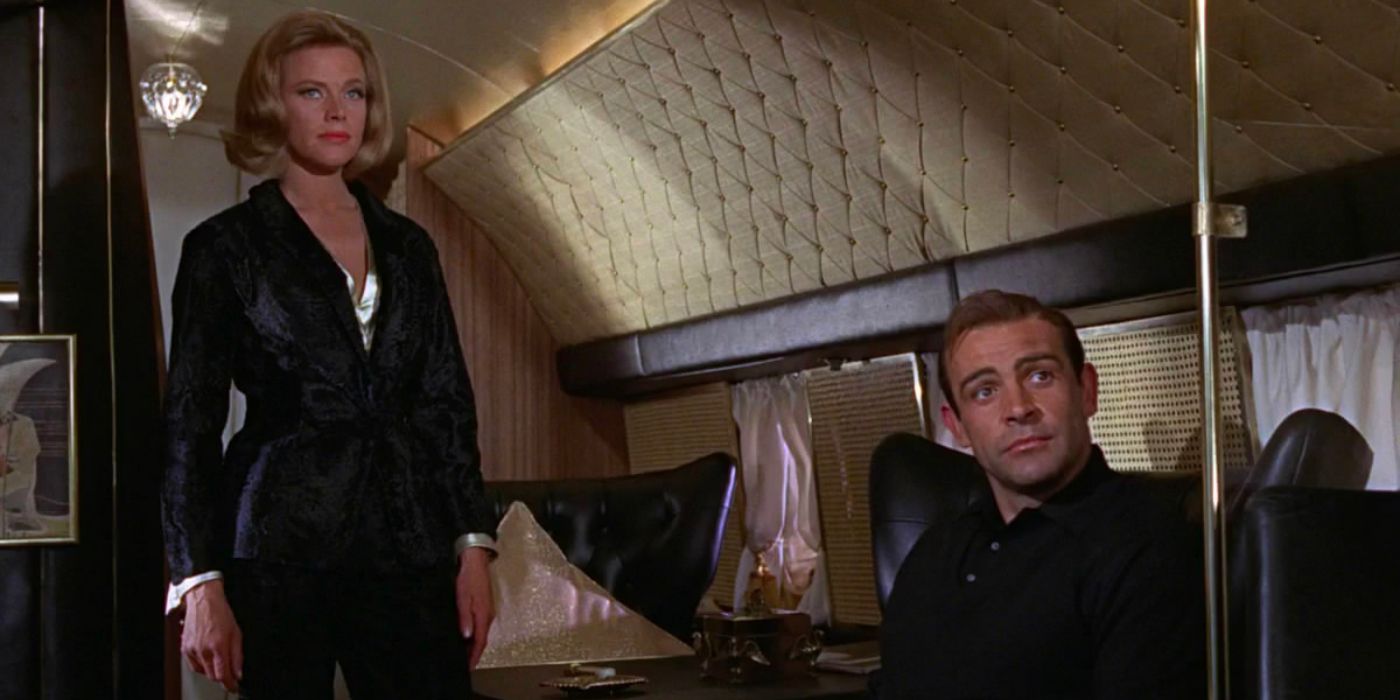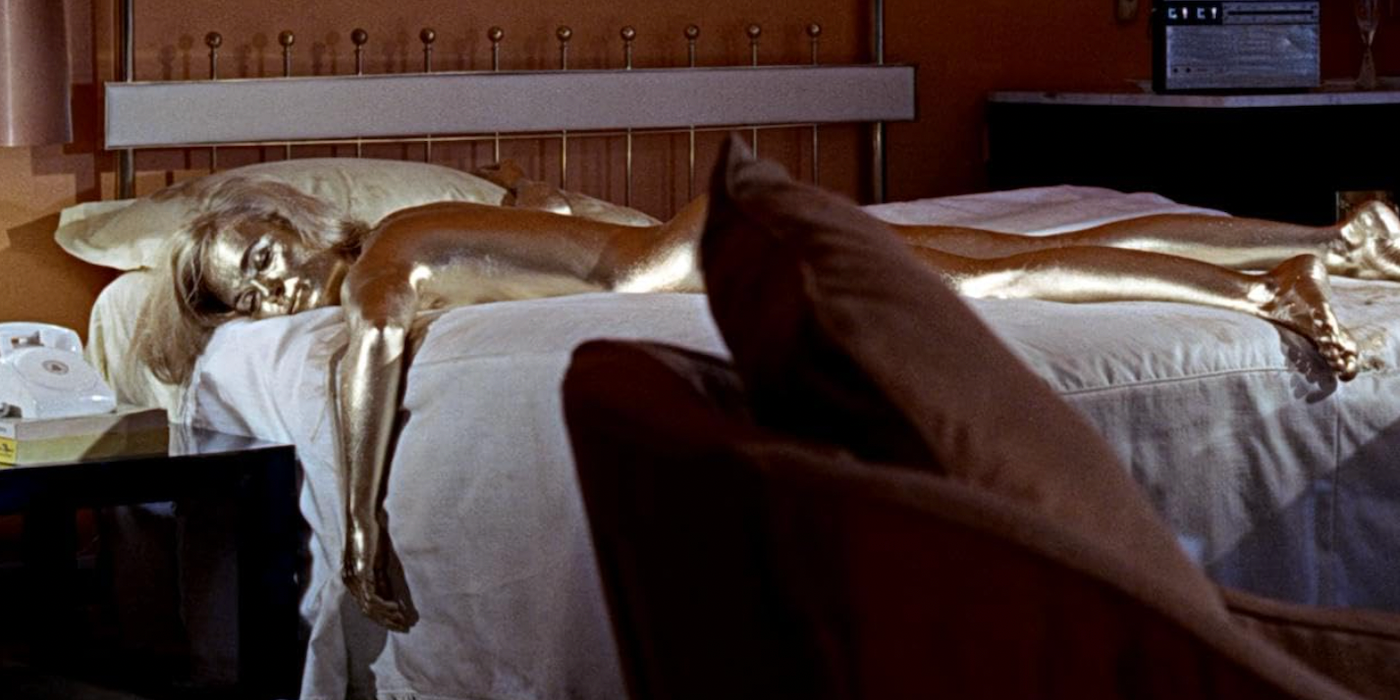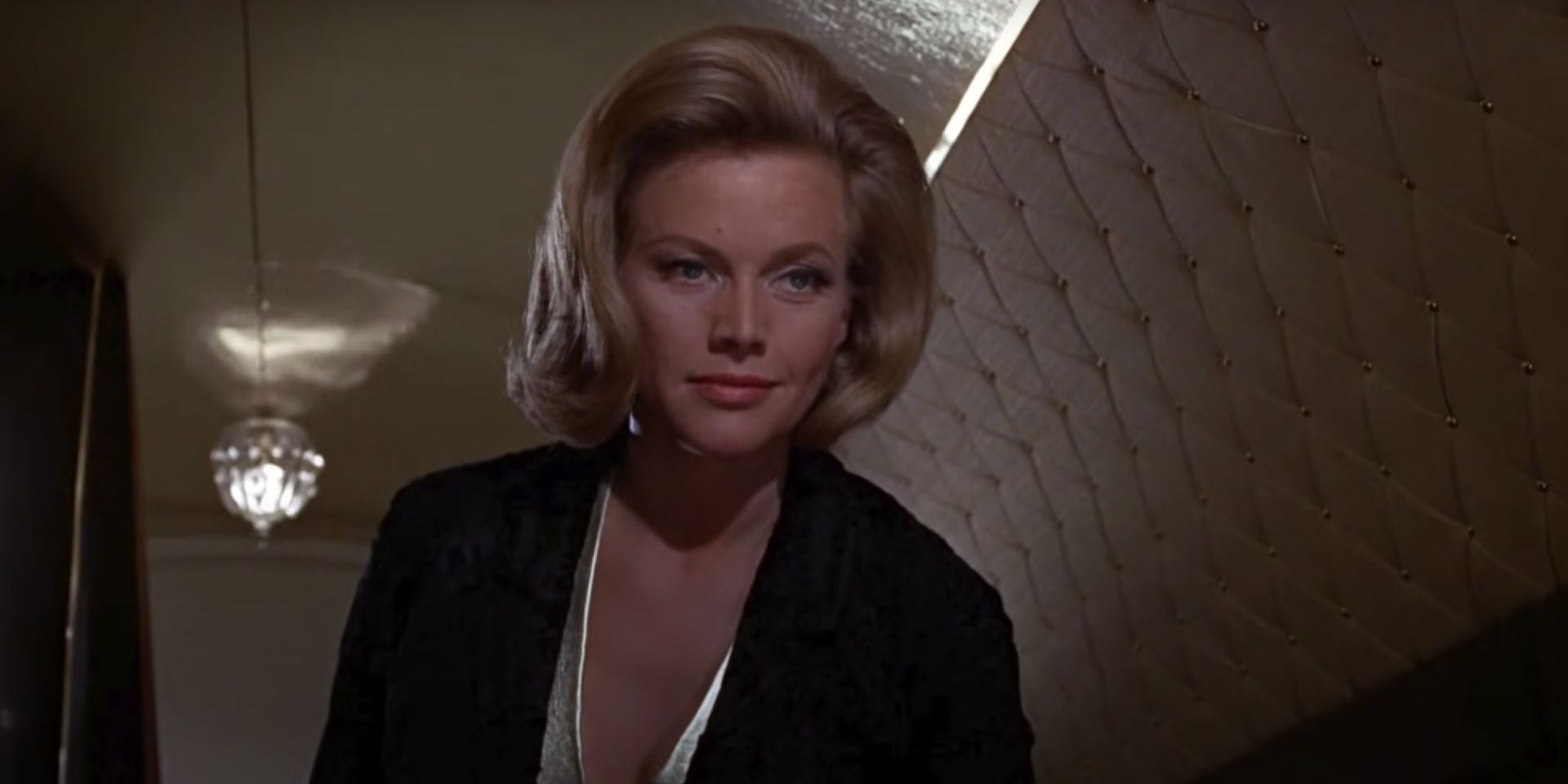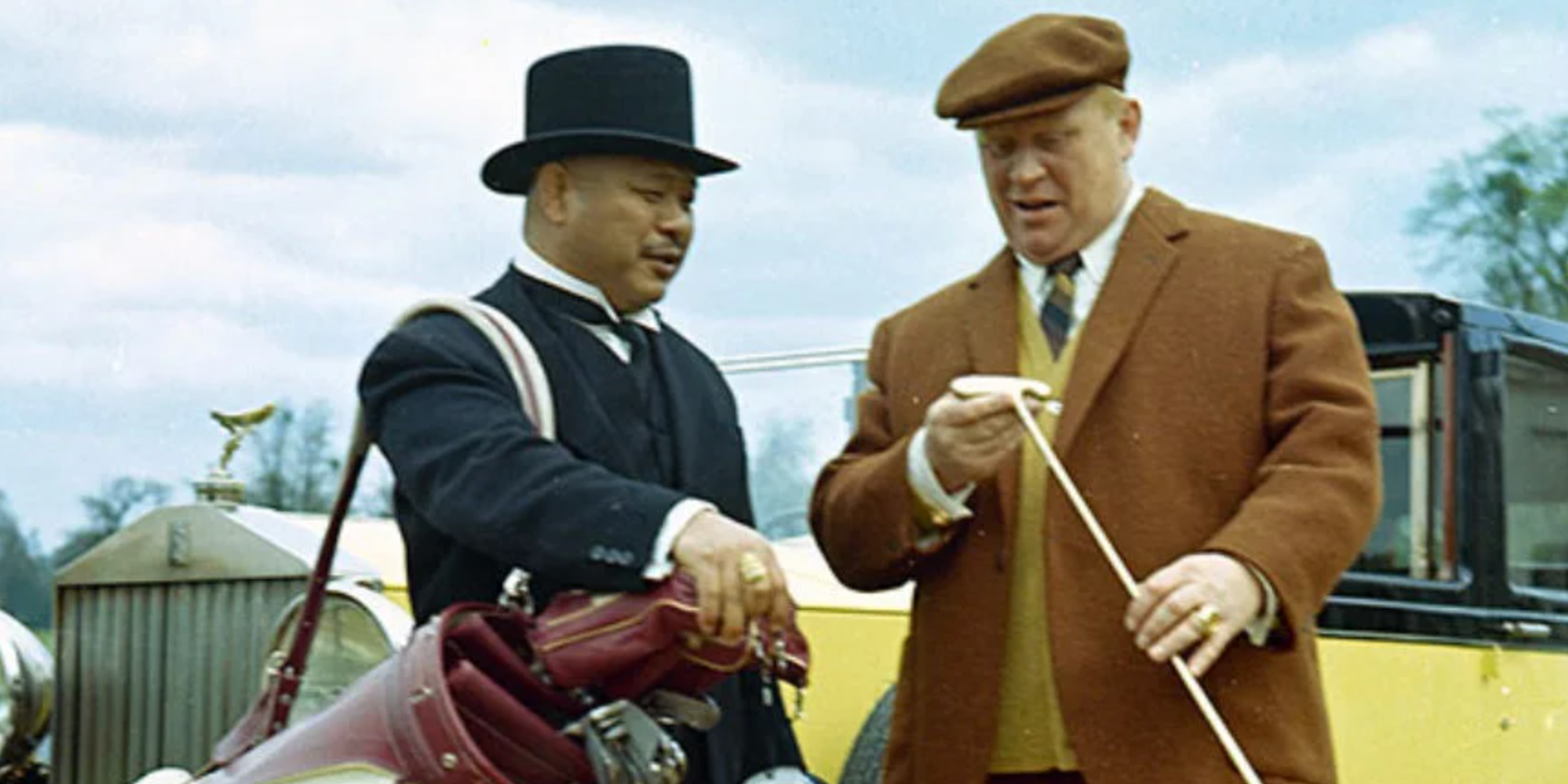10 Reasons Why ‘Goldfinger’ Is the Most Important Spy Movie of All Time
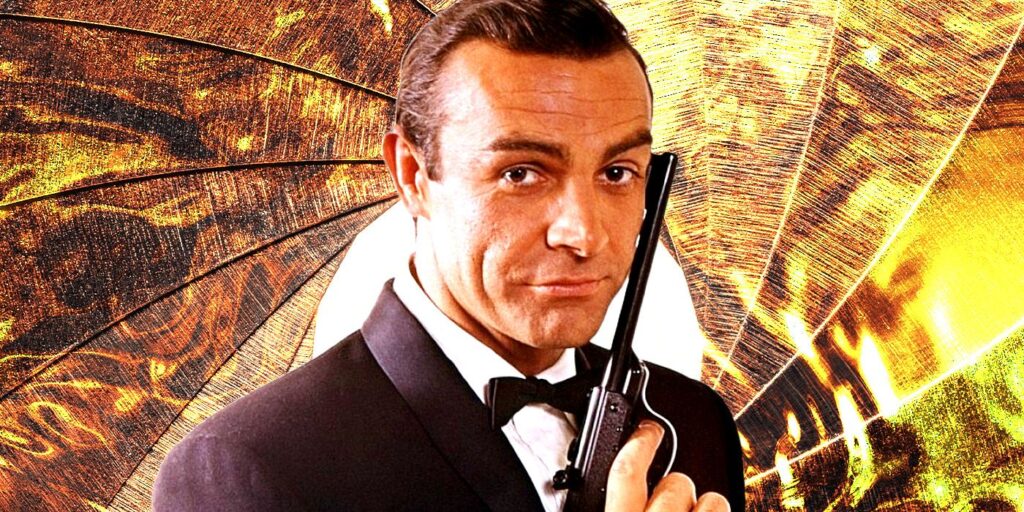
Ian Fleming may have introduced James Bond to the literary world, but it was director Guy Hamilton who brought life, nuance, and cheeky humor to the brooding agent in Goldfinger. With all due respect, Terence Young may have brought Bond (Sean Connery) from the books to the screen with Dr. No and From Russia with Love. But when it comes to cinematic impact, especially during a period when the genre was in its early birth, Goldfinger laid down the foundation that would eventually become the playbook for not just future Bond films, but spy films in general.
Much of Bond’s world revolves around his high-stakes missions as an MI6 agent. But if there’s one thing that Hamilton took into consideration, is that at the end of the day, Bond is only human. His espionage day job takes up a huge role in his life, but it is not all that defines him. Rather, the reason why the Bond movies succeed, especially Goldfinger, is how his personality finally comes into play in the way he approaches the dangerous nature of his work. Celebrating the third installment of the franchise, here are 10 reasons why Goldfinger is the most important spy movie of all time.
10
The Aston Martin DB5
A sleek and stylish car fit for a spy.
Every spy needs a car, and there’s nothing classier and sleeker than the Aston Martin’s DB5. Bond’s trademark British grand tourer first made its appearance in Goldfinger, and it continues to be part of the spy’s essential throughout future films. True, the last thing an agent should attract is attention, and the Aston Martin is clearly far from discretion. Then again, Bond is not a regular spy.
Bond’s trusty vehicle doesn’t just take him from A to Z. Part of the reason why it’s become popular in cinema is because of the car’s modifications. Forget the loud exhaust pipes and the fancy leather — this car is decked out with machine guns, a tire-shredding blade, an ejector seat, and more. Considering the year the film was released, these special effects were ahead of its time.
9
Laser Interrogation Scene
James Bond was sweating for his life.
Even the brightest of spies can be helpless in the hands of their villains. When Bond is caught snooping around Goldfinger’s facility, the spy is strapped to a gold slab. With all four of his limbs tied and his legs spread wide apart, Goldfinger attempts to have him cut in two with his Industrial Laser. Unable to physically get out of the situation, Bond must convince Goldfinger to keep him alive.
In the events leading up to this moment, Connery’s Bond has kept his cool even in the most stressful of situations. However, the mood immediately switches in this scene. For the first time in Goldfinger, viewers get to see the usually suave agent scared for his life. It’s also the scene where Goldfinger quips out one of the movie’s most memorable quotes: “No, Mr. Bond. I expect you to die.”
8
Swiss Alps Drive
Fancy a drive through the mountains?
Due to the nature of Bond’s job, he’s jet-setting all over the world. Goldfinger actually sees him savor his foreign surroundings, which in this case is the breathtaking Furka Pass in the middle of the Swiss Alps. Sitting at an elevation of 7,975 feet), Bond drives through the beautiful scenery, with his Aston Martin nonetheless. But he’s not here for leisure – he’s there to tail Goldfinger.
The location of the scene is just as big of a star as the leading man himself. Featuring panoramic views of glaciers and lush greenery, the serenity of it all is rudely interrupted by the eventual car chase. Scenes like this show that action-driven momentum doesn’t always have to be so rough and rugged – it can also take place in one of Earth’s most beautiful mountain sides.
7
“Shaken, Not Stirred.”
The go-to vodka martini order.
Bond’s vodka martini, his drink of choice, already made its appearance in the previous two movies. But the spy only started using his signature phrase, “shaken, not stirred,” in Goldfinger. It marks the first time Bond vocally ordered the drink. Ironically enough, a “shaken” vodka martini only causes it to be cloudy and diluted. However, “stirred, not shaken,” just doesn’t quite sound right.
In the previous films, viewers see Bond being handed his vodka martini in non-threatening situations. But in Goldfinger, Bond makes his order after he wakes up In an opulent jet after being kidnapped. Obviously in enemy territory, his “shaken, not stirred” order returns him some sense of control — silently letting everyone know that he still has authority even when he’s being held hostage.
6
The Naked Golden Lady
Cause of death: skin suffocation.
Shirley Eaton might only have her few minutes of fame in Goldfinger. But the impact she’s left as “the dead, naked, golden lady” has cemented itself into Bond cinema lore. Eaton’s character, Jill Masterson, was simply having fun fooling around with Bond in a hotel room. Next thing the spy knows, a lifeless Masterson is stripped off her clothes and fully covered in gold paint.
Her death is the epitome of the film’s title itself. In Goldfinger, her demise is ruled out as death by “skin suffocation”. Outside of the movie, the naked, golden lady made its reappearance on the front cover of Life magazine in 1964. In the 2008 film Quantum of Solace, this method of dying is recreated. When MI6 agent Strawberry Fields is drowned in hazardous liquid and discovered on a hotel room bed – not in gold, but crude oil.
5
Pussy Galore
What’s in a name?
With a name as astounding as Pussy Galore (Honor Blackman), heads are bound to roll. As one of Goldfinger’s employees, she’s not to be messed with. Pussy Galore and her female aviator team are all on the villain’s payroll, in which they’ll be mainly responsible for air operations throughout Operation Grand Slam. Unlike Goldfinger, her intentions are far from sinister. All she cares for is the money, which she’ll use to move to the Bahamas.
The Bond girls may be pretty, but they’re just as deadly as the spy himself. Pussy Galore is bold, confident, and isn’t afraid to stand up for herself, even when she’s on the side of the enemy. Addressing the elephant in the room, censors were definitely not happy with her name. But as Hamilton puts it subtly: “If you were a ten-year-old boy and knew what the name meant, you weren’t a ten-year-old boy, you were a dirty little bitch.”
4
The Golf Scene
A master class in character study.
The golf scene in Goldfinger is a master class in character study. In Flemin’s novel, their golf match played such an important role, that it took up 24 pages alone. The five-and-a-half-minute scene, a slow break from the fast-paced momentum, is where Bond properly acquaints himself with Goldfinger through a friendly match. Of course, Goldfinger unhappily loses and clearly has Bond on his radar now.
This scene lays down what kind of spy Bond is when he’s not busy beating up his enemies. When Bond discovers Goldfinger cheating, he playfully and subtly trolls Goldfinger by switching the golf balls. Likewise, audiences get to see what kind of villain Goldfinger is. In this scene alone, he comes across as a complete, careless buffoon. But the moment he loses to Bond, he immediately switches to his more sinister side.
3
Oddjob
Silence speaks a thousand words.
Every villain needs an evil sidekick. Protecting Goldfinger is Oddjob (Harold Sakata), a mute Korean bodyguard who’s arguably even more dangerous than his employer. Despite not uttering a single word, Oddjob’s fists do most of the talking. Not only can he pull, fling, and throw Bond as much as he pleases, but he’s so strong that he can throw his bowler hat like a sharp blade and injure anyone from afar.
What’s even more interesting is the man playing Oddjob. Goldfinger marked Sakata’s first acting gig. Previously, he was an Olympic silver medalist weightlifter. What Sakata lacks in experience, he makes up for it with his athletic aptitude, which is fitting since the role requires no talking and only action. Sakata’s wordless role would prove to be a smash hit – literally.
2
Q
Not everyone is impressed with Bond.
“I never joke about my work, 007”. There’s something different about Q (Desmond Llewelyn) in Goldfinger. In charge of the MI6’s research and development division, Q provides Bond with the gadgets required for his mission. In Goldfinger, his role is still the same. But instead of bringing Bond’s gadgets to the office, the spy visits Q’s lair, filled to the brim with gizmos and gadgets.
But unlike previous adaptations of Q, the Goldfinger iteration sees a much more no-nonsense quartermaster. As head of the Q Branch, he is not swayed by Bond’s many charismas. As Bond attempts to joke around Q, he is only met with parental indifference. It’s a subtle interaction that shows no matter how many villains Bond has put into prison, not everyone is impressed. After all, Bond’s just doing his job.
1
Guy Hamilton
The director who revolutionized the Bond franchise.
Goldfinger wouldn’t be what it is without Hamilton. Through his acquaintance with producer Albert R. Broccoli, Hamilton was originally set to direct the first Bond movie, Dr. No. When the opportunity to join the world of Bond came knocking on his door again, Hamilton took the chance. Under his directional supervision, Hamilton helmed four Bond movies: Goldfinger, Diamonds Are Forever, Live and Let Die, and The Man with the Golden Gun.
As the second director in the Bond cinematic world, Hamilton immediately shifted the 007 tone. Bond was no longer the stuffy, straightforward agent that he was — he became a spy who knew how to have fun on the job. Hamilton presented the ultimate spy fantasy that would become the ultimate trope in cinema: fashionable suits, exotic locations, and incredibly hot people.

- Release Date
-
September 20, 1964
- Runtime
-
110 Minutes
- Director
-
Guy Hamilton
- Writers
-
Richard Maibaum, Paul Dehn, Ian Fleming

